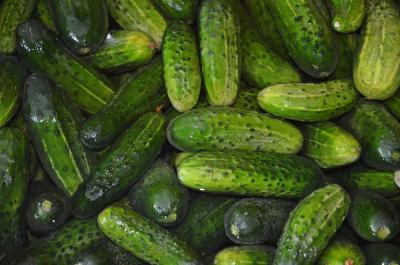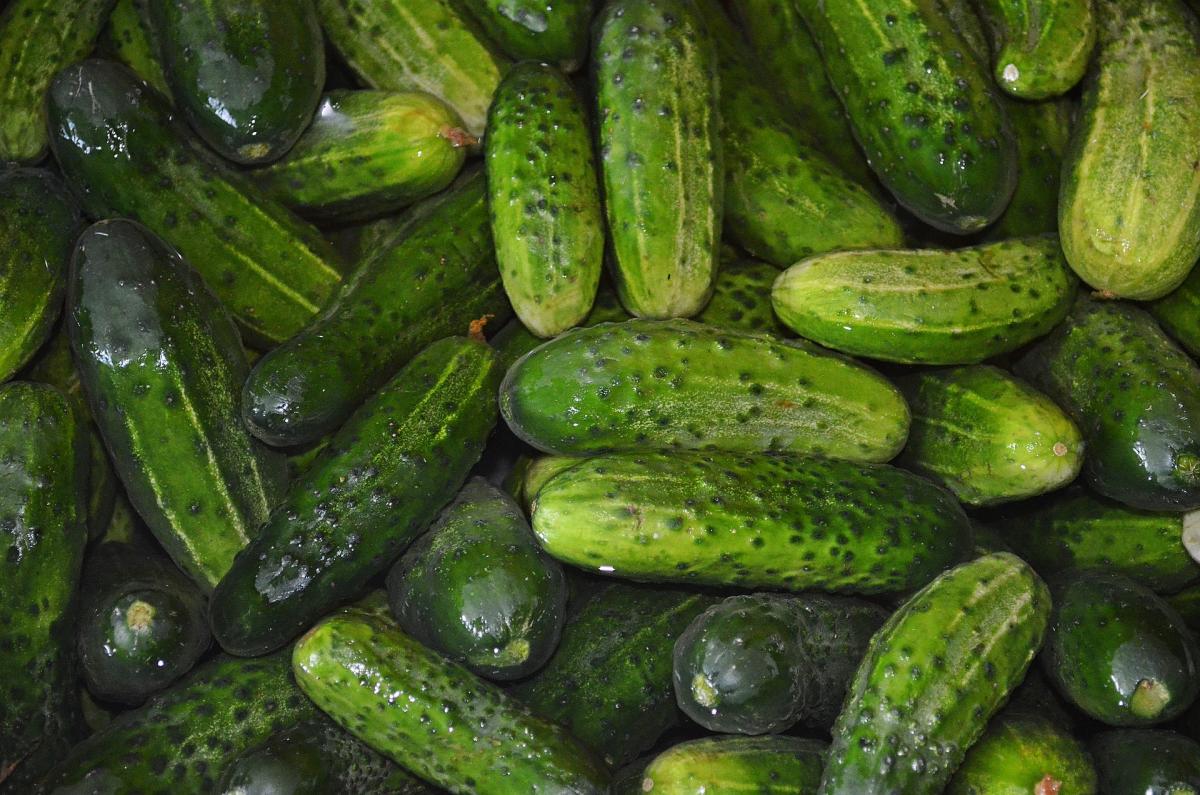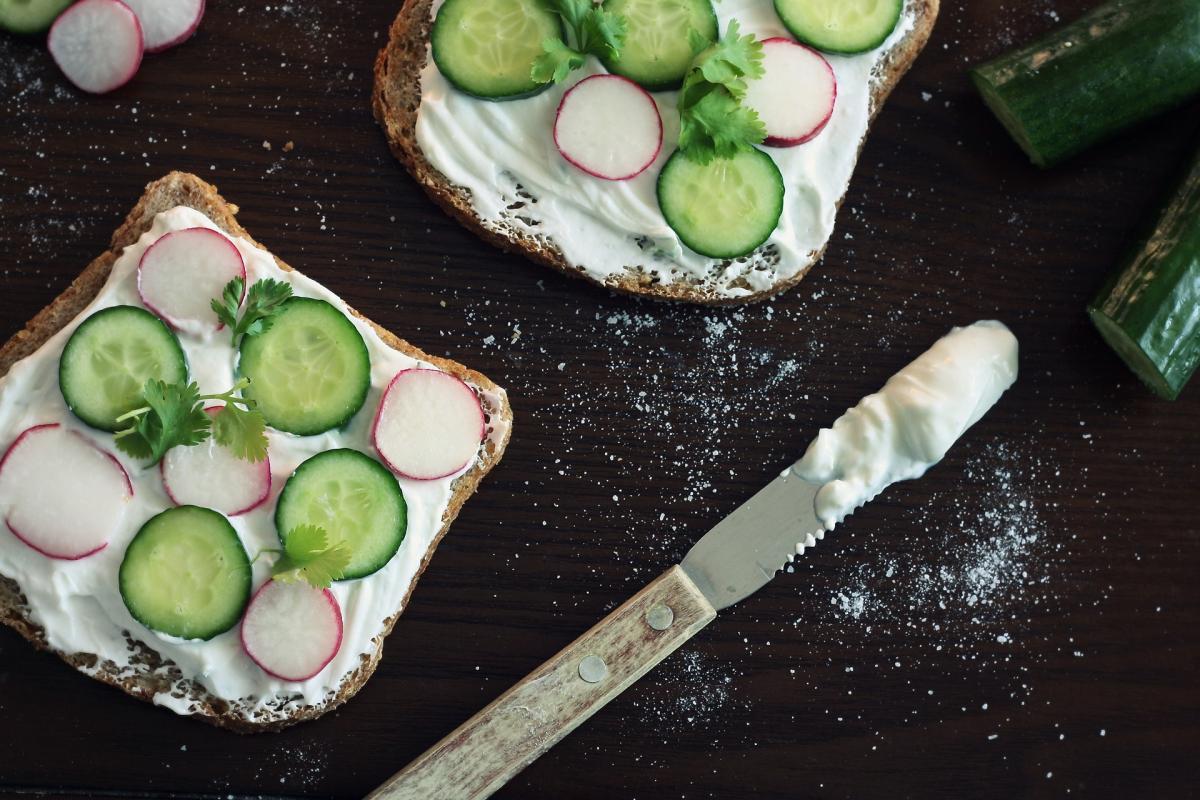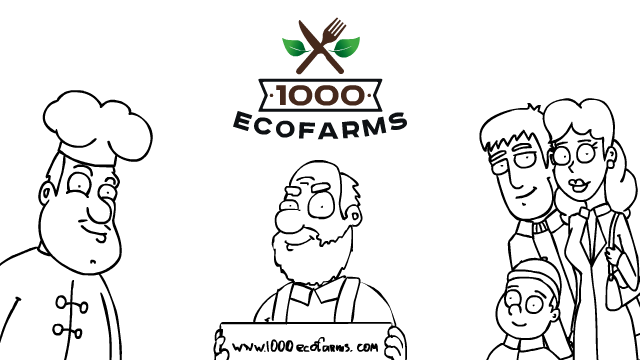The cucumber fruit was first discovered and cultivated in India — approximately 3,000 years ago — though present varieties are likely much less bitter than their ancient counterparts. Slowly, the desirable fruit made its way west, where it was consumed in many historic European civilizations — such as the Roman Empire and the Middle Ages — until it was brought over to the New World by Christopher Columbus in 1494. Besides a brief time in the 18th century when medical journals warned of eating cucumbers and other uncooked vegetables, the cucumber has continued to enjoy popularity as one of the most commonly consumed vegetables.
How are cucumbers good for your health?
Due to the high water content and subsequent cooling effects, 17th century physicians prescribed fever patients to lie on a bed of cucumbers, in order to become “cool as a cucumber”. Though this practice is long past (sounds kind of fun though…), cucumbers are now known to contain tons of phytonutrients (plant chemicals that contain disease-preventing properties).
They are also a hydrating vegetable, considering they’re 95% water and a whole cucumber (depending on size) is only about 40 calories! Ever wonder why people place cucumber slices over their eyes? Turns out they have cooling and soothing effects that can decrease inflammation, swelling, and irritation.
How are cucumbers good for your health?
Due to the high water content and subsequent cooling effects, 17th century physicians prescribed fever patients to lie on a bed of cucumbers, in order to become “cool as a cucumber”. Though this practice is long past (sounds kind of fun though…), cucumbers are now known to contain tons of phytonutrients (plant chemicals that contain disease-preventing properties).
They are also a hydrating vegetable, considering they’re 95% water and a whole cucumber (depending on size) is only about 40 calories! Ever wonder why people place cucumber slices over their eyes? Turns out they have cooling and soothing effects that can decrease inflammation, swelling, and irritation.
Why should you buy cucumbers from an eco/local farm?
The vast majority of cucumbers consumed in the United States are grown in Mexico — more than 1 billion pounds! This means that more than likely when you go to the grocery store to buy a cucumber, that single fruit has traveled thousands of miles to make its way to you, from a totally faceless and unknown farm, none the less. In 2015, at least 285 people in 27 states were sickened with salmonella from cucumbers they purchased in the grocery store that came from Mexico, resulting in a recall by the company. As always, knowing your farmer and buying from a local farm allows you actually know your food — so you can be certain it’s safe to eat. Check out cucumbers grown without chemical fertilizers or pesticides by small farmers at 1000ecofarms.com, such as Dottie's Garden Spot in Colorado or by a small farmer Don Campbell in South Carolina.
How can I use cucumbers in my home?
In the U.S., cucumbers commonly come in two varieties: "slicing" and "pickling". Slicing cucumbers are the ones meant to be eaten raw. Pickling is actually a pretty simple process and an awesome way to use cucumbers. Try pickling with brine (rather than vinegar) for lacto-fermentation, to actually get those sought-after probiotics! Though you can totally cook them, cucumbers are almost exclusively served raw: in a salad, as a vehicle for dipping (we suggest with humus!), or a sandwich topping. But you can always switch it up with a cold soup, a creative drink, or a cool refreshing popsicle!
How do you like to eat cucumbers? Have you experimented with pickling? Let us know!
The vast majority of cucumbers consumed in the United States are grown in Mexico — more than 1 billion pounds! This means that more than likely when you go to the grocery store to buy a cucumber, that single fruit has traveled thousands of miles to make its way to you, from a totally faceless and unknown farm, none the less. In 2015, at least 285 people in 27 states were sickened with salmonella from cucumbers they purchased in the grocery store that came from Mexico, resulting in a recall by the company. As always, knowing your farmer and buying from a local farm allows you actually know your food — so you can be certain it’s safe to eat. Check out cucumbers grown without chemical fertilizers or pesticides by small farmers at 1000ecofarms.com, such as Dottie's Garden Spot in Colorado or by a small farmer Don Campbell in South Carolina.
How can I use cucumbers in my home?
In the U.S., cucumbers commonly come in two varieties: "slicing" and "pickling". Slicing cucumbers are the ones meant to be eaten raw. Pickling is actually a pretty simple process and an awesome way to use cucumbers. Try pickling with brine (rather than vinegar) for lacto-fermentation, to actually get those sought-after probiotics! Though you can totally cook them, cucumbers are almost exclusively served raw: in a salad, as a vehicle for dipping (we suggest with humus!), or a sandwich topping. But you can always switch it up with a cold soup, a creative drink, or a cool refreshing popsicle!
How do you like to eat cucumbers? Have you experimented with pickling? Let us know!







